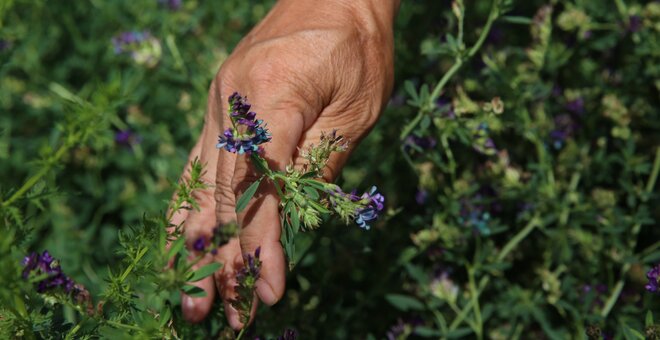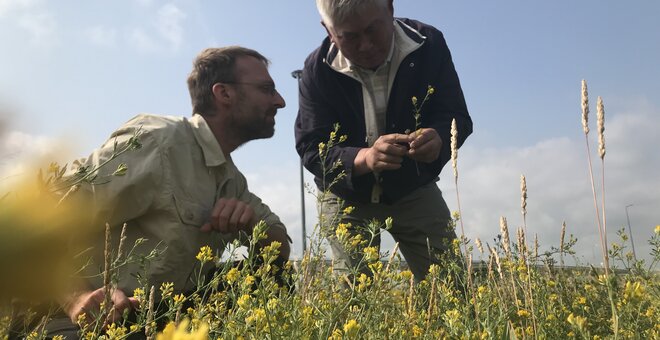Temperate grazing lands cover 13% of the world’s land area, including farms and rangeland systems in Russia, Europe, China and North America in the northern hemisphere, and South America, southern Africa, Australia and New Zealand in the south.
On these grasslands hundreds of millions of cattle, sheep and other ruminants graze. Meat and milk from this livestock are destined for human consumption, and very important both nutritionally and culturally.
Livestock systems are valued at over USD 1.4 trillion and employ 1.3 billion people globally. They cover 70% of agricultural land and supply 26% of human protein and 13% of human energy intake.
The forage input for these systems is a critical component of the global food supply, and demand for forage continues to grow alongside growing demand for livestock products.
Livestock systems also represent an important contribution to rural livelihoods across the socioeconomic spectrum, especially for rural communities that are unable to manage land resources. Temperate grazing lands (grass-dominant but inclusive of legume and forb plant functional types) cover 13% of the global land area and contribute 11% of the total feed intake of cattle, sheep and goat enterprises, for the production of meat and milk.
The better the quality of their feed, the better the end product.
But the means to improve these animals’ diets can be found in samples of temperate forages conserved in the world’s genebanks. Scientists are already tapping into these genetic resources to breed new varieties of forages that can lead to improved sustainability and reduced environmental impact.
A new global conservation strategy, developed by the Crop Trust and our partners, aims to develop a clearer picture of the genetic diversity available and build networks between genebanks to help them share information and seed samples.
That way, we can have better quality forages for animal feed and better end products for consumers everywhere.
An Alfalfa That Loves the Cold
Zhongcao No. 3. When you first hear that name, you can be forgiven for thinking it’s an expensive perfume. But actually, it’s a Chinese variety of alfalfa.
It stands out for more than just its unusual moniker. This variety has...
25 Apr 2023
7 May 2020
Honeybees Sweeten the Deal for Kazakhstani Alfalfa Farmers
They say you get more flies with honey, but an experiment on alfalfa in Kazakhstan found you also get greater yields with honeybees.
The experiment is part of the Crop Wild Relatives (CWR) Project, a global initiative to adapt...
17 Jun 2021
17 Jun 2021
Forages: Key to Climate-resilient Livestock Systems
More than a billion smallholders depend on their livestock for food and livelihoods, and their livestock depend on a year-round supply of nutritious food.
Increasing demand for cheap meat and milk is widely blamed for driving...
13 Jan 2023
Breathing New Life into the Global Crop Conservation Strategies
The Crop Trust kicks off a new project funded by the German government.
18 Dec 2019





